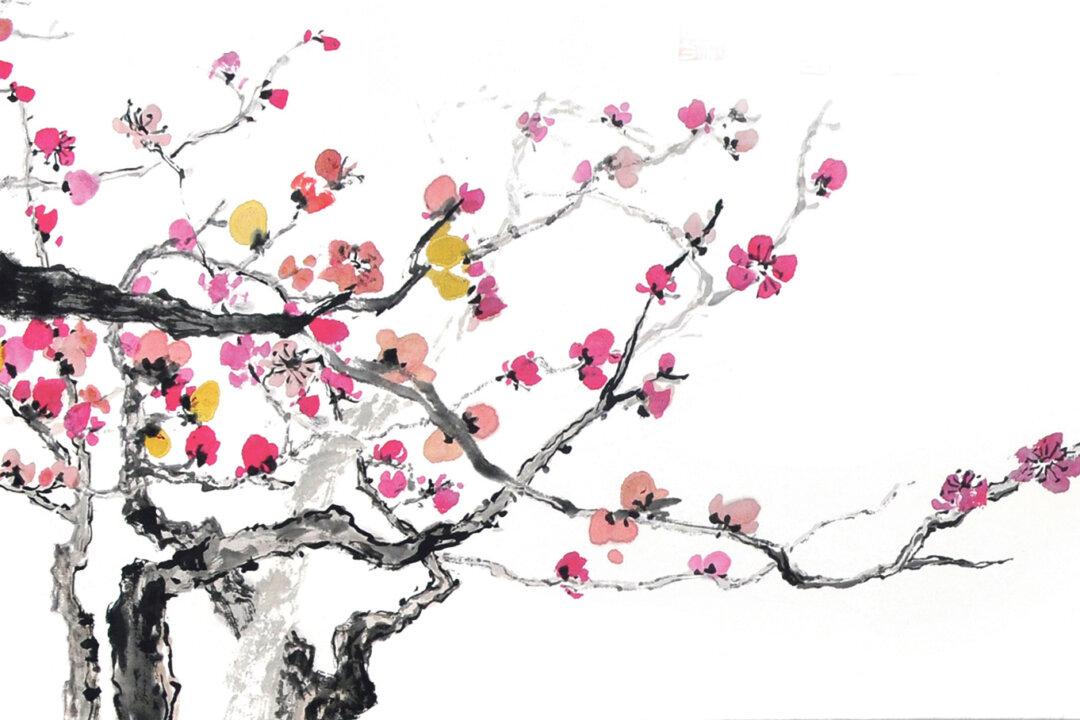Chinese culture is based primarily on the Daoist culture. Although historically there were Confucian scholars such as Han Yu, Liu Kai, and Shi Jie, there is no denying that Confucianism in its origin or development, cannot be separated from the Dao school and form its own system. This is not just an academic debate, but there are profound reasons. China’s 5000 years of culture is said to have been brought down from the heavens. Therefore, the divine characteristic is the cornerstone of a particular civilization’s achievement.
In addition, the more divinely inspired the civilization’s achievement, the longer and wider its influence would be. The vitality of Confucian doctrine is due to it having Daoist culture as a basis, thereby allowing it to continue on Earth as divinely inspired civilization. In this regard, Northern Song dynasty Confucian scholar, Shao Yong is a good example.
Forty years after Daoist Chen Tuan became an immortal, his teachings of I Ching and Tai Chi Map reached the third generation disciple, Li Tingzhi. By that time, Li Tingzhi was looking for someone with a good character to pass on his teachings. One day, Li opened a small door, and saw a young man sitting on the floor, surrounded with books. He immediately recognized that this was the successor he was looking for – Shao Yong.
